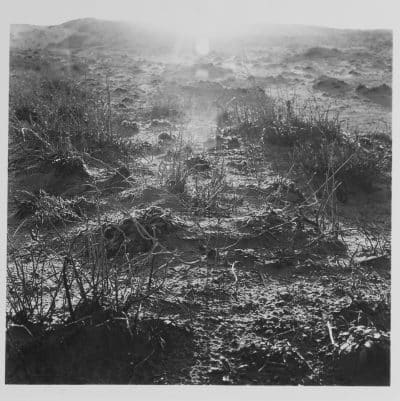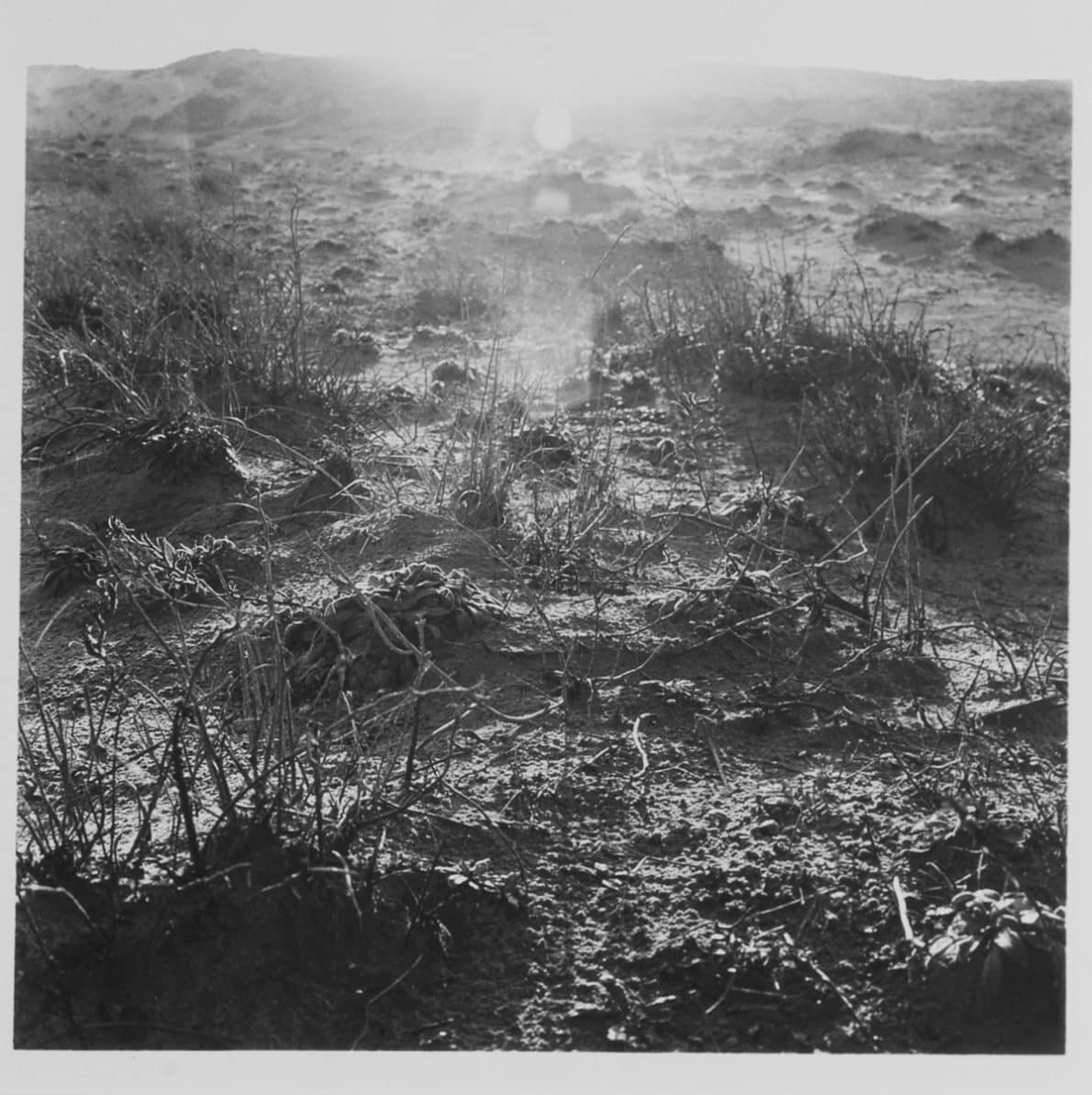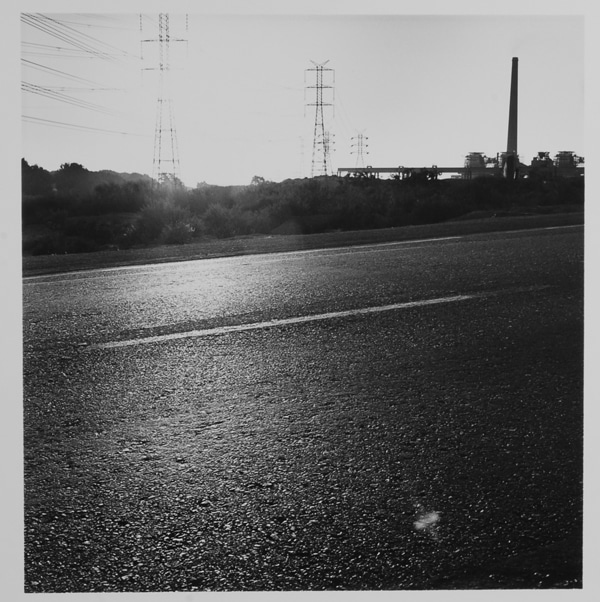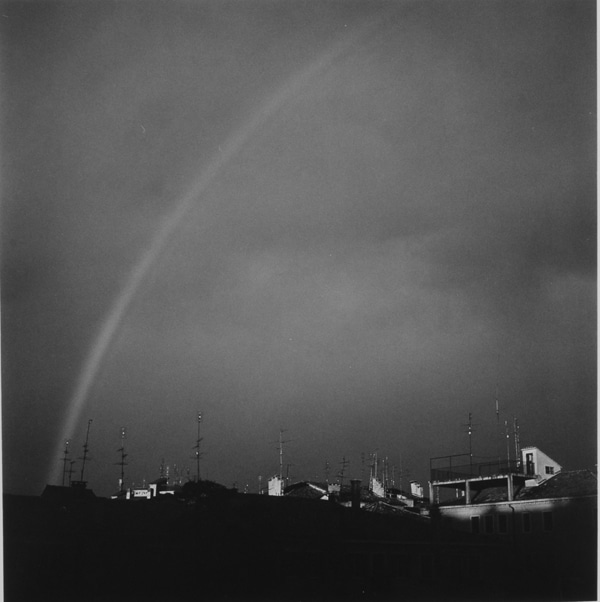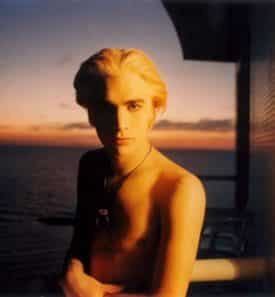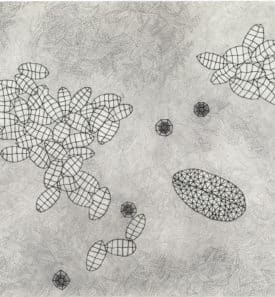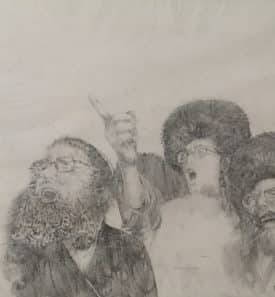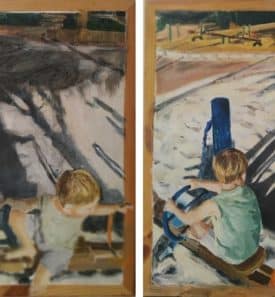Like the light in her photographs, Dalia Amotz is elusive and hard to define within Israel’s art world. Amotz (1938-1994) is known in the milieu of artists and photographers as an original creative artist, uncompromising, with a singular artistic language and intellectual depth, and whose career was brief.
Like the light in her photographs, Dalia Amotz is elusive and hard to define within Israel’s art world. Amotz (1938-1994) is known in the milieu of artists and photographers as an original creative artist, uncompromising, with a singular artistic language and intellectual depth, and whose career was brief. Admiration for her work intensified in the years after her death, particularly in the wake of her first museum exhibition at the Tel Aviv Museum of Art in 2000 (curated by Sarah Breitberg-Semel). Two solo exhibitions followed, at the Gordon Gallery in Tel Aviv.
The modest selection of photographs by Dalia Amotz shown at The Negev Museum of Art dates from 1973 – the year of her first exhibition – to 1985, after which she no longer printed her photographs. What we see is a reminder, a proposal to carefully observe what the concept ‘photography’ entails, and the photographed outcome.
Dalia Amotz was born and brought up in Kibbutz Gan Shmuel. Already attracted to photography as a child, she requested and received her first camera at age 12, when she began to develop and print her photos. The process of producing the printed picture from a negative was always an important stage in her work. What she did not print (including her work from 1986 to 1991) remains unknown. She moved to Jerusalem in 1962, and in the ensuing years photography provided her with a livelihood: zoology, archaeology, historical sites, films, and TV clips. Her 1973 exhibition Dir Samit, held in a small Jerusalem gallery immediately won her an important place in photography in Israel. She participated in group exhibitions which marked a turning-point in photography’s status at that time.
The inherent drama of contrasting black and white, ancient rituals, and nature’s sublime power, found in her work from the 1970s, took a different direction during her years in London (1977-1978). Influenced by the conceptual art she encountered there, she produced a series of experiments that exposed the illusion created by the frame, using drawn lines that break out of the photograph’s square format. During the 1980s, the abstract language most identified with Amotz took shape; photographs of dry fields in summer, with bubble of light that sometimes grew into blinding patches, photographs of night and darkness, light shining on a road. Photographs of emptiness, where nothing happens. As Dalia Amotz commented, these are ‘the barely-existing-things, those the eye doesn’t bother to dwell on for more than a split second while driving, a ride which flattens them, reducing them to empty sites one merely passes by. Without action. Without anything. The light and stillness of the soil. The pain of nothingness in the eyes’.
Curator: Dr. Dalia Manor
Assistant Curator: Nirit Dahan
Be'er Sheva municipality
Kivunim
Ministry of Culture and Sport
Gordon Gallley, Tel Aviv
Roi Kuper
The artist's family
